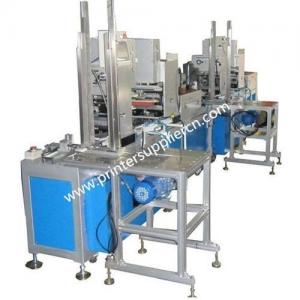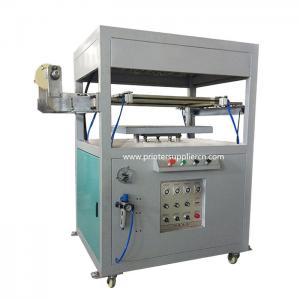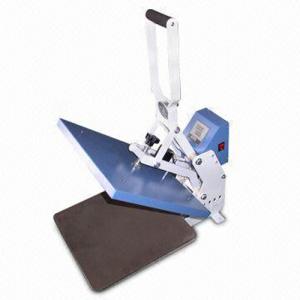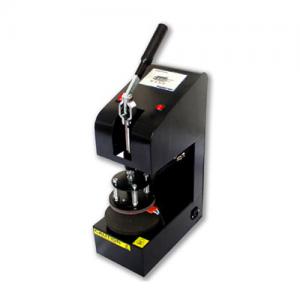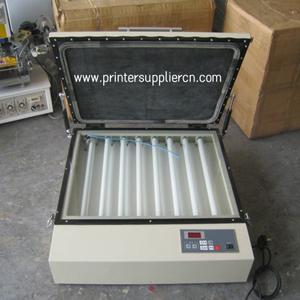Christmas Ball Silicone Pad for Tampo Printing Machine
Description
This is a kind of hollow rubber pad designed for printing christmas ball.Functional characteristics of transfer printing adhesive head
1. Made of high-quality plant-based adhesive from Germany and France. Divided into blue, white, red, and beige, there are four series A, B, C, and S, with thousands of common styles. Special printing heads can be customized.
2. Customers can obtain ideal elasticity and flexibility for printing various patterns and prints based on different shapes and hardness of adhesive heads. For flat, curved, irregular surfaces, printing small area patterns, and fine line patterns, clear printing effects can be guaranteed.
3. Completely stained with ink, easy to transfer ink, residual ink is extremely easy to clean, and has a long service life.
Technical parameters: The hardness range is Shore 15-40 degrees, among which medium soft and medium hard, as well as 20 and 25 degrees rubber heads, are commonly used hardness
Application:Pad Printing Silicone Rubber Pad is mainly used for making printing pads,which serves to transfer patterns from the steel plate onto the surfaces of products. It can be used to print irregular patterns on plastic toys, electroplating toys, trademarks, etc.
Features:
1. Durable but flexible performance
2. High tear and abrasion resistance
3. Best quality printing for long run
4. Performs well in a wide range of printing environments
5. Instant start up, no break-in
How to select silicone pad?
1.Silicone pads are a formulation of a silicone base material, silicone oil, and a catalyst. The amount of oil determines how hard the finished pad will be. The more oil, the softer the pad. Manufacturers can have anywhere from a few dozen to acouple of hundred shapes and sizes of pads in varying hardness ,size, shape and hardness are the three most important considerations in choosing a pad for a given application. Size is determined by the size of the image to be printed, and by the size of the machine. Measuring the image diagonally,the pad should be 20% larger to prevent image distortion. The machine needs to be able to compress the pad far enough to pick up and transfer the entire image in an even motion. In addition, the pad must not interfere with the ink cup or other parts, and it must not roll off the edges of the cliché during image pick up.The shape of the part determines the shape of the pad. There are three basic shapes from which all standard pads are derived (with the exception of rotary pads.) The three basic shapes of conical, rectangular, and roof-shaped are illustrated to the right.
Pads can: have a round, elliptic, square, rectangular or straight base or a combination of these for special applications; their hardness can vary from 2 to 20 Shore A. As mentioned above, the choice mainly depends on the printing dimensions, the type of surface and the type of ink used.
2--Pads of greater hardness (14-20 Shore) offer better quality printing on the condition that the print is not subject to deformation and the object is not subject to damage caused by the pressure exerted by the pad itself. These pads are normally used on flat or slightly curved surfaces and parts capable of withstanding high pressure loads (more than 3 Kg per cm2 is needed to press a 20 Shore A pad).
These pads are ideal for printing on embossed or irregular surfaces because their hardness overcomes any resistance encountered from air bubbles that can form when the pad meets these types of surfaces (see drawing).
They are very popular in the car, home appliance and electronic industries, for metal objects and all those applications for which the printing quality must be perfect. These pads call for a high degree of care with regards to any imperfections on the piece to be printed on; given their hardness, these pads can be ruined by sharp or cutting edges.
3--Pads of medium hardness (8-12 Shore) are the most commonly used by pad printers. They offer the best compromise between printing quality and duration.
These pads are suitable for applications entailing printing on irregular, curved, convex and cylindrical surfaces. They are frequently used for promotional goods and multi-colour printing involving the simultaneous use of various pads. The construction parameters are then defined by the designer using a 3D program.
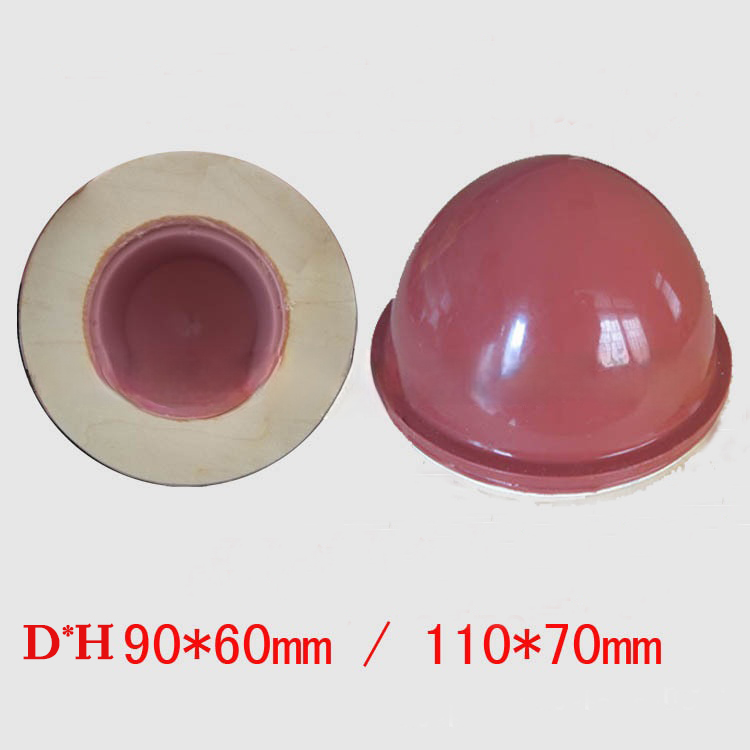
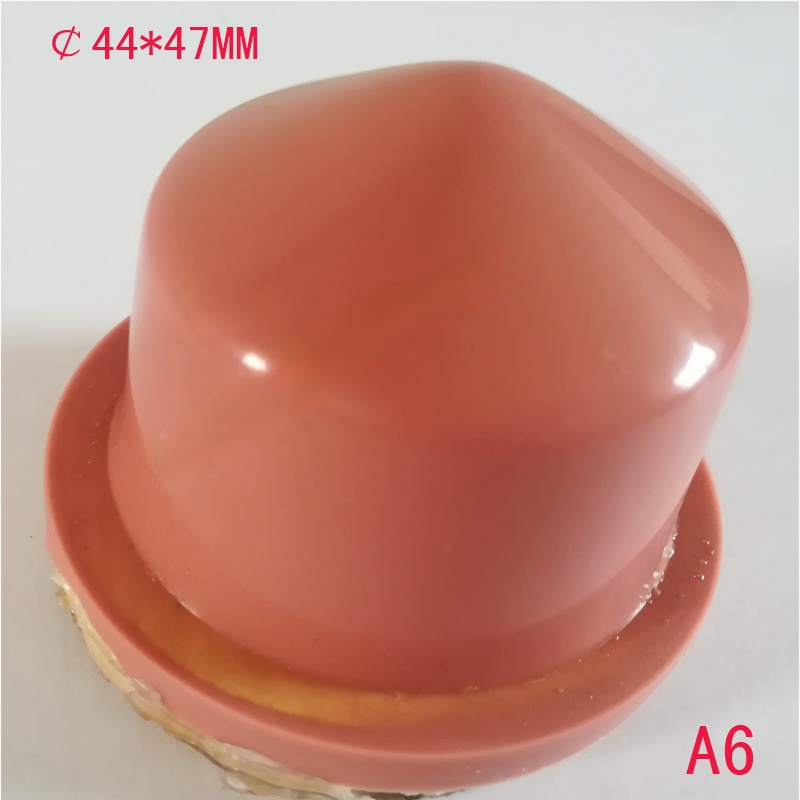

 FA Printing Machine Manufacturer Limited
FA Printing Machine Manufacturer Limited
